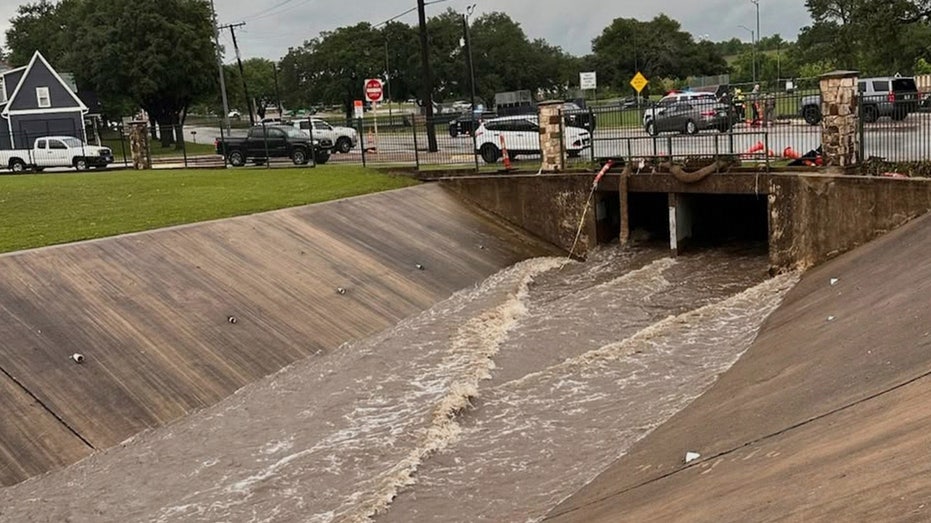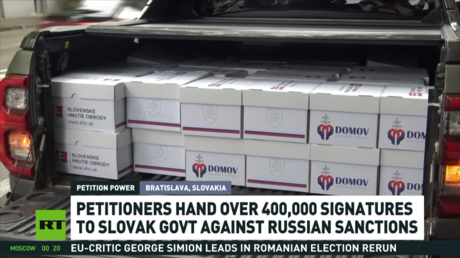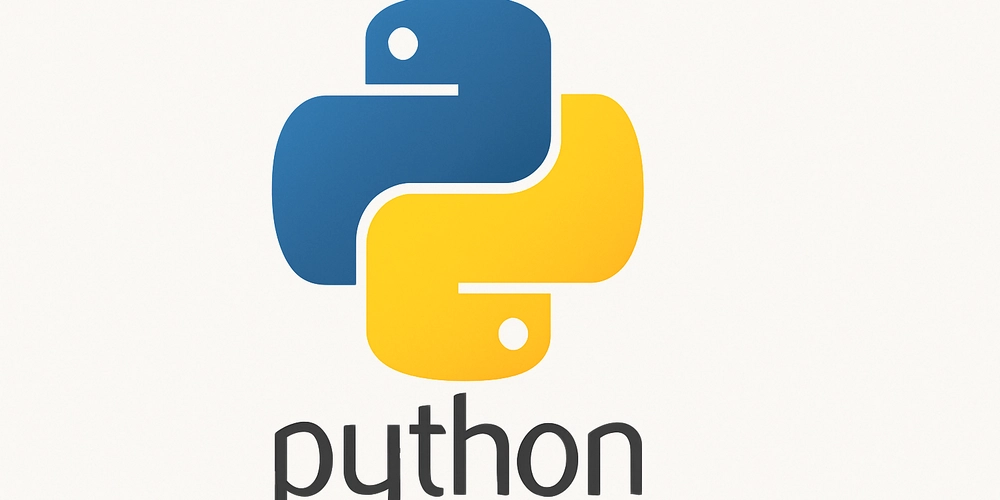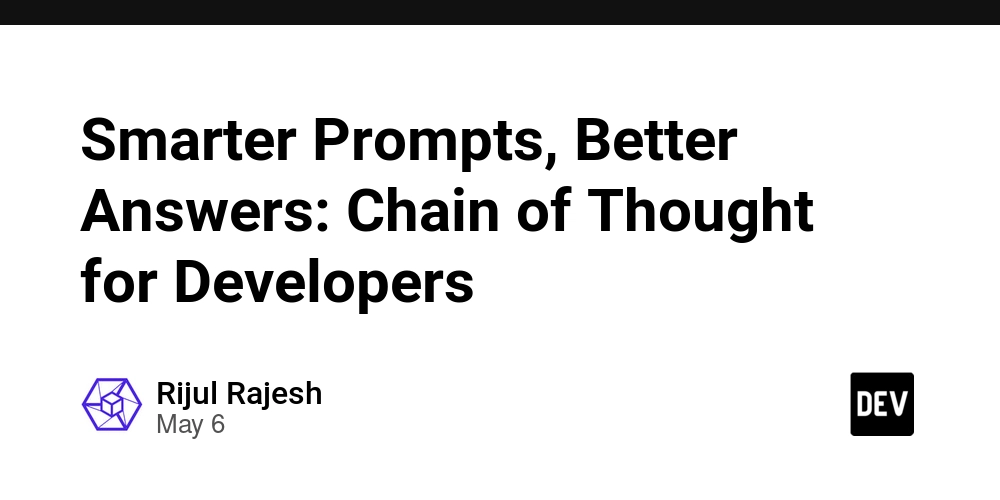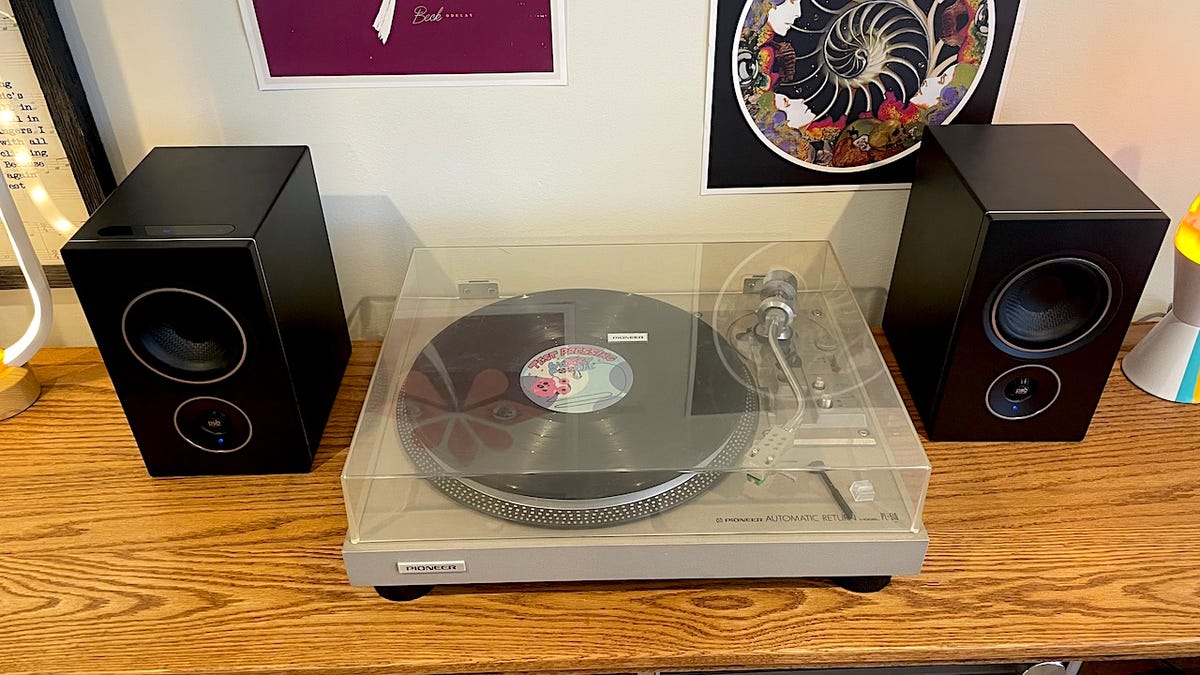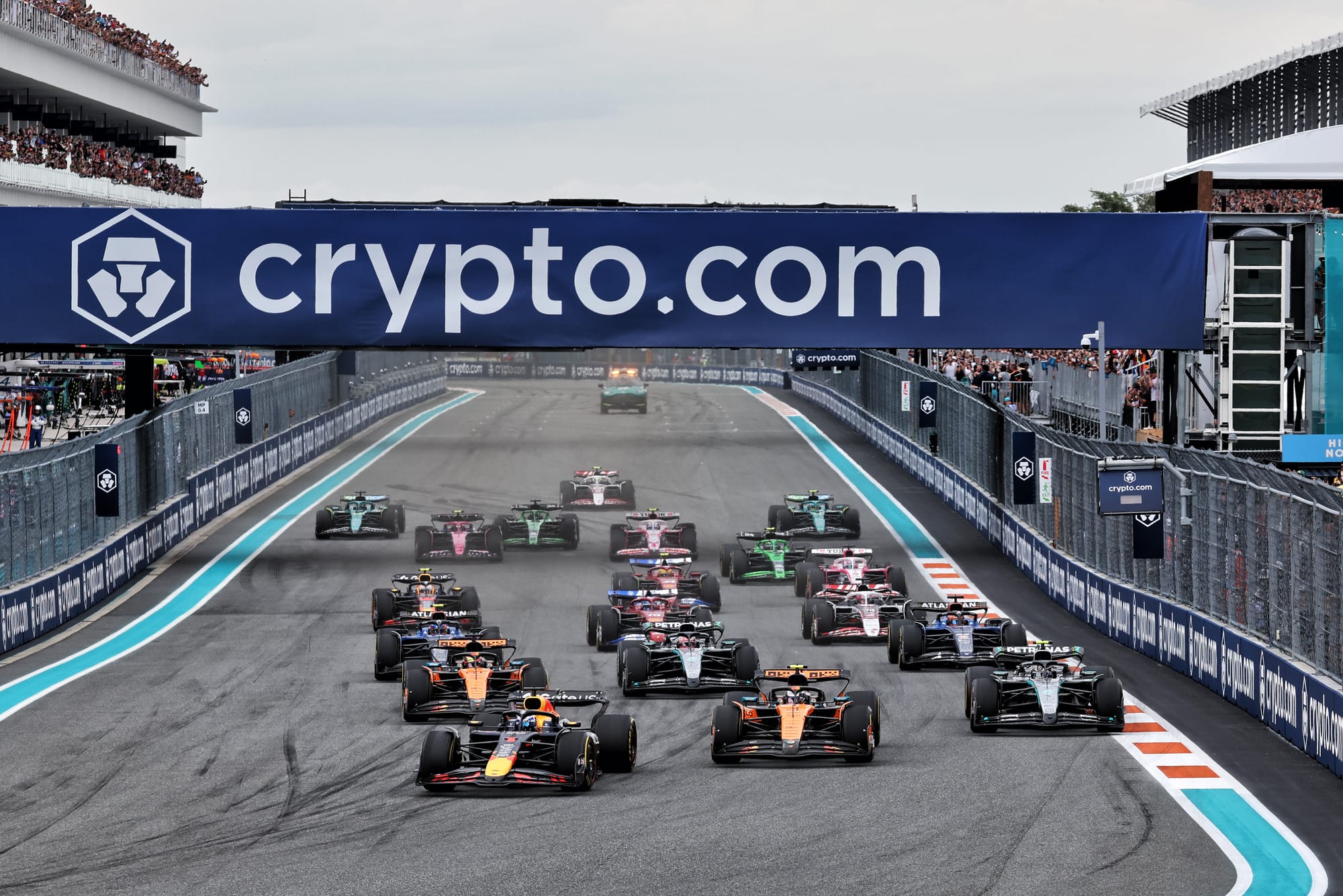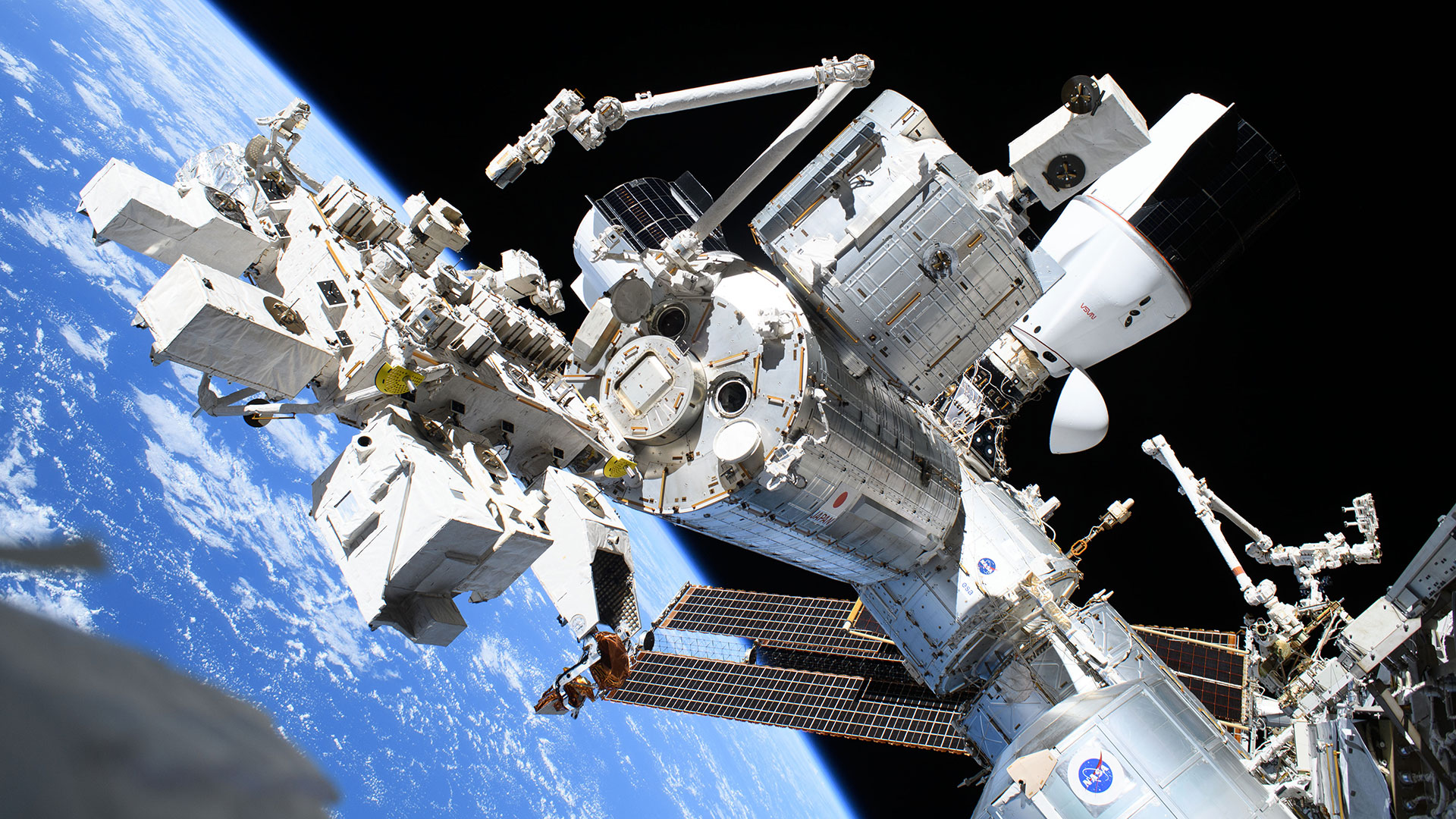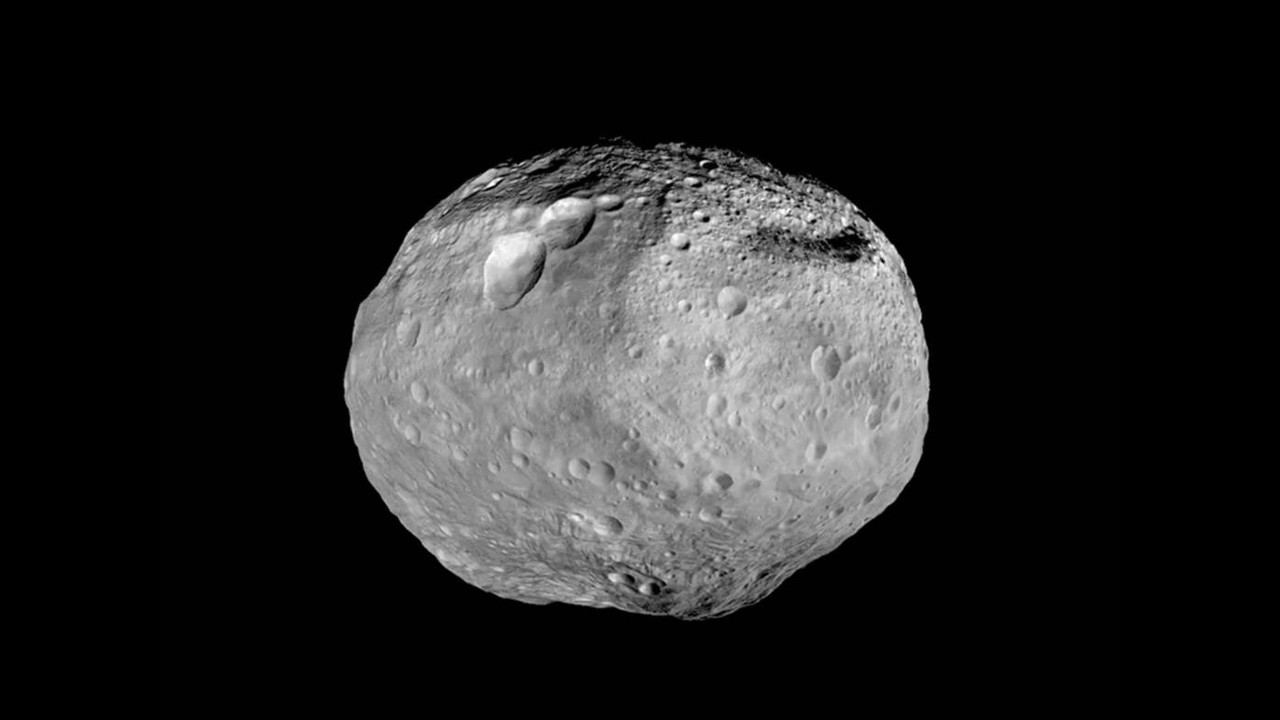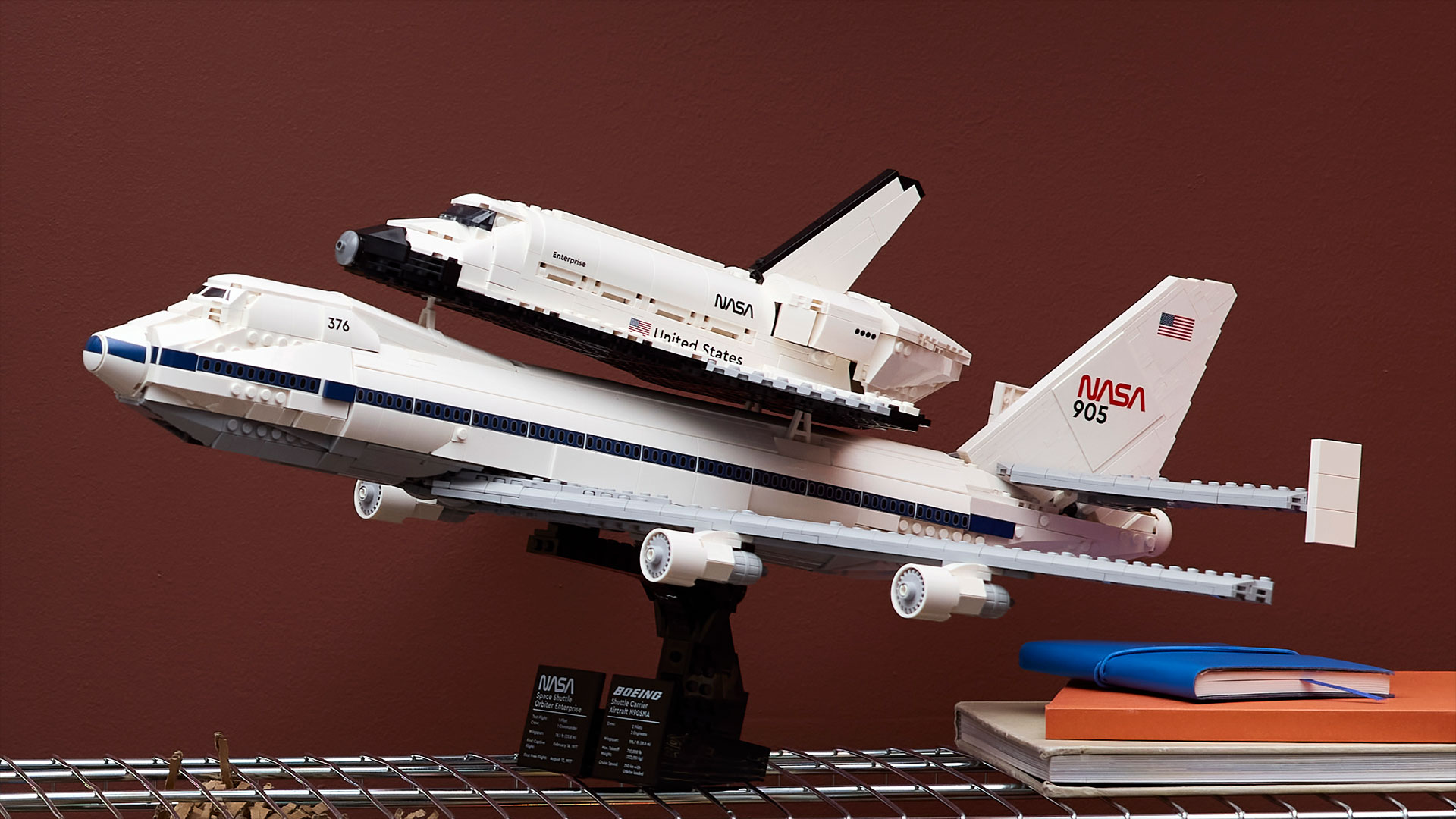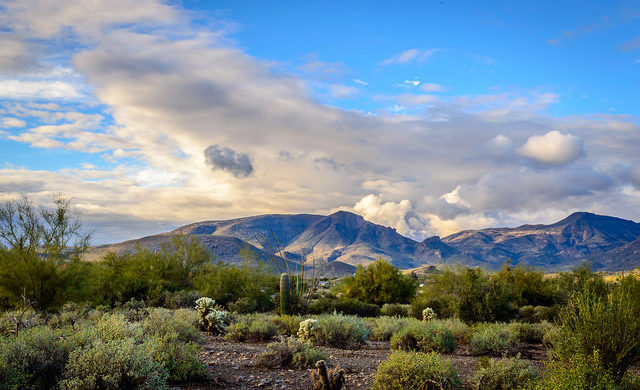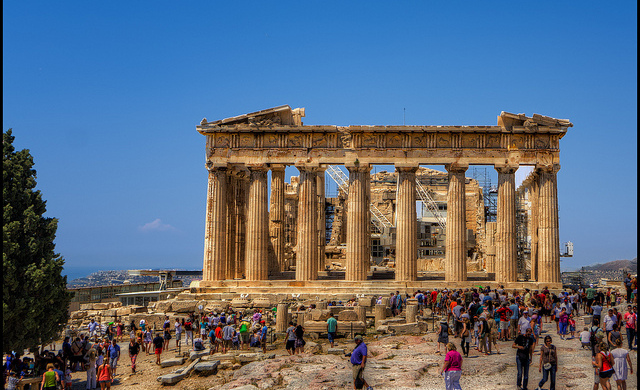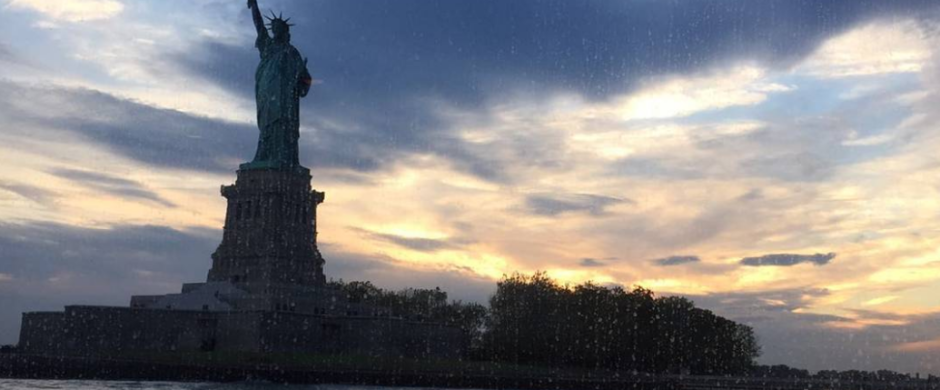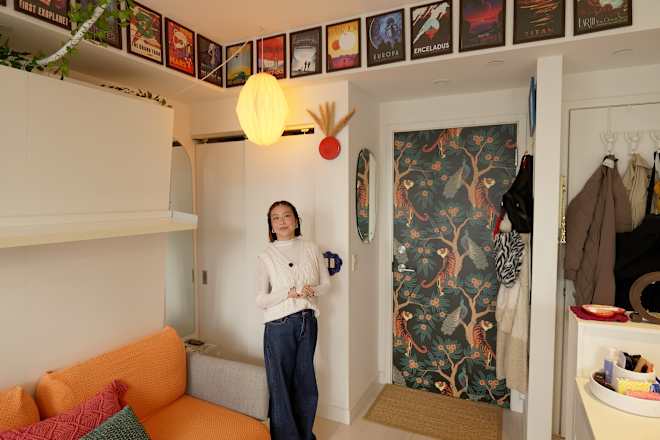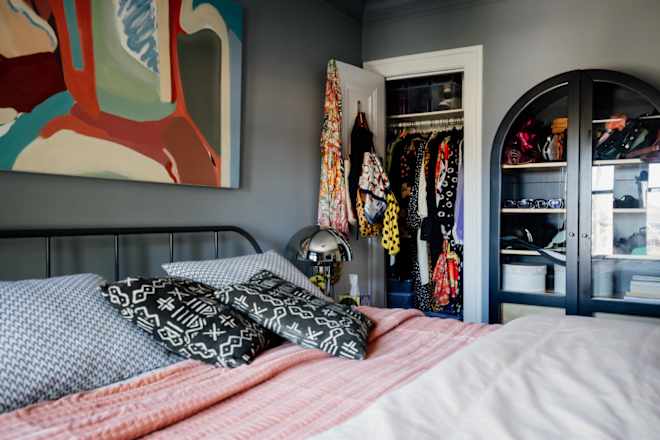What Is a Smash Cut in Movies? Definition & Examples
Here's the thing about editing films: we spend so much time and effort, so much time being meticulous and precise, so careful and intentional, to...what? To ensure the work that took us weeks, months, even years to complete is completely invisible to our audience.But sometimes... you want your edits to be seen.The smash cut will definitely be seen.Let's dig into how you can use this technique to take your storytelling to the next level.What Is a Smash Cut?To put it simply, smash cuts are just abrupt cuts from one scene to another, characterized by drastic changes in mood, pacing, or visuals. Smash cuts are great when you want to depict contrast. When editors use this technique, they're deliberately creating a striking juxtaposition between scenes. The Gilligan Cut Smash cuts also came to be known as the “Gilligan cut,” after the show Gilligan’s Island brilliantly used smash cuts as a consistent treatment for its titular character Gilligan. In the show this editing technique typically featured a character making a strong declaration about what they will not do, immediately followed by a cut showing them doing exactly that. Often used for comedic effect, Gilligan cuts create humor through the unexpected juxtaposition of dialogue and action. Additionally, it can also serve dramatic purposes, emphasizing irony or highlighting character flaws. Used across genres, from comedies to dramas, Gilligan cuts effectively manipulate the audience's expectations. Because they are abrupt, they can provide a jarring yet impactful transition that resonates with viewers. Smash Cut vs. Jump CutMany times, smash cuts are confused with jump cuts. While both cuts are intended to break continuity, jump cuts are only used to break continuity of location, time, and character arc. For example, if a character is shown starting an action, like filling up their gas tank, and then it abruptly cuts to them driving at full speed down the road, this would be considered a jump cut. It creates a discontinuity of time and space to speed up the sequence. However, a scene depicting a character waking up from a nightmare that cuts directly to them in a mundane situation is a smash cut. This means a jump cut that is assigned to break continuity to depict contrast is a smash cut. Jump cuts manipulate the timeline, but smash cuts forge symbolic connections between unrelated moments, revealing thematic elements that conventional editing might miss. One focuses on time; the other creates meaning through collision.How You Can Strategically Use a Smash CutA smash cut is more versatile than you would think. But if you’re just starting with editing, smash cuts will not come naturally to you. With practice, most editors discover its effectiveness and strategic use in different narratives. Here are a few tried and tested strategic uses of smash cuts:To Create ContrastSmash cuts are ideally motivated by contrast. Use them to place polar opposite elements and emotions one after the other. Use Them UnpredictablyThe perfect timing of a smash cut is when the audience is least expecting it. The whole impact of smash cuts lies in the surprise factor. Use Them ObjectivelyUse smash cuts with objectivity to create powerful symbolism. Think of them as two seemingly unrelated images that, when slammed together, reveal deeper meaning through their subtext. Catalyst to the GenreSmash cuts are common to all genres of visual storytelling. In fact, when used strategically, they amplify the core emotion in every genre. For one, a smash cut can induce comedy through irony. Or, in horrors and mysteries, it can induce fear by mixing chaos and tranquility. Smash cuts are everywhere. Movies and TV shows like Goodfellas, Toy Story 2, Us, and Stranger Things have brilliantly used smash cuts. Can you think of other examples across genres?Examples of Smash CutsNow that we know what a smash cut is on paper, let's see it on screen. Check out this video to see some great examples of smash cuts.


Here's the thing about editing films: we spend so much time and effort, so much time being meticulous and precise, so careful and intentional, to...what? To ensure the work that took us weeks, months, even years to complete is completely invisible to our audience.
But sometimes... you want your edits to be seen.
The smash cut will definitely be seen.
Let's dig into how you can use this technique to take your storytelling to the next level.
What Is a Smash Cut?
To put it simply, smash cuts are just abrupt cuts from one scene to another, characterized by drastic changes in mood, pacing, or visuals.
Smash cuts are great when you want to depict contrast. When editors use this technique, they're deliberately creating a striking juxtaposition between scenes.
The Gilligan Cut
Smash cuts also came to be known as the “Gilligan cut,” after the show Gilligan’s Island brilliantly used smash cuts as a consistent treatment for its titular character Gilligan. In the show this editing technique typically featured a character making a strong declaration about what they will not do, immediately followed by a cut showing them doing exactly that.
Often used for comedic effect, Gilligan cuts create humor through the unexpected juxtaposition of dialogue and action. Additionally, it can also serve dramatic purposes, emphasizing irony or highlighting character flaws.
Used across genres, from comedies to dramas, Gilligan cuts effectively manipulate the audience's expectations. Because they are abrupt, they can provide a jarring yet impactful transition that resonates with viewers.
Smash Cut vs. Jump Cut
Many times, smash cuts are confused with jump cuts. While both cuts are intended to break continuity, jump cuts are only used to break continuity of location, time, and character arc.
For example, if a character is shown starting an action, like filling up their gas tank, and then it abruptly cuts to them driving at full speed down the road, this would be considered a jump cut. It creates a discontinuity of time and space to speed up the sequence.
However, a scene depicting a character waking up from a nightmare that cuts directly to them in a mundane situation is a smash cut.
This means a jump cut that is assigned to break continuity to depict contrast is a smash cut. Jump cuts manipulate the timeline, but smash cuts forge symbolic connections between unrelated moments, revealing thematic elements that conventional editing might miss. One focuses on time; the other creates meaning through collision.
How You Can Strategically Use a Smash Cut
A smash cut is more versatile than you would think. But if you’re just starting with editing, smash cuts will not come naturally to you. With practice, most editors discover its effectiveness and strategic use in different narratives.
Here are a few tried and tested strategic uses of smash cuts:
To Create Contrast
Smash cuts are ideally motivated by contrast. Use them to place polar opposite elements and emotions one after the other.
Use Them Unpredictably
The perfect timing of a smash cut is when the audience is least expecting it. The whole impact of smash cuts lies in the surprise factor.
Use Them Objectively
Use smash cuts with objectivity to create powerful symbolism. Think of them as two seemingly unrelated images that, when slammed together, reveal deeper meaning through their subtext.
Catalyst to the Genre
Smash cuts are common to all genres of visual storytelling. In fact, when used strategically, they amplify the core emotion in every genre. For one, a smash cut can induce comedy through irony. Or, in horrors and mysteries, it can induce fear by mixing chaos and tranquility.
Smash cuts are everywhere. Movies and TV shows like Goodfellas, Toy Story 2, Us, and Stranger Things have brilliantly used smash cuts.
Can you think of other examples across genres?
Examples of Smash Cuts
Now that we know what a smash cut is on paper, let's see it on screen. Check out this video to see some great examples of smash cuts.
